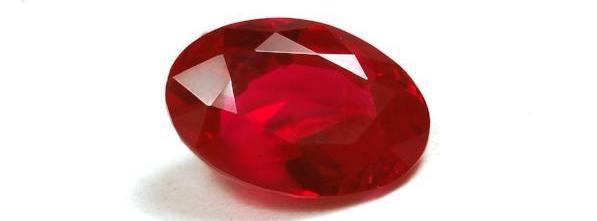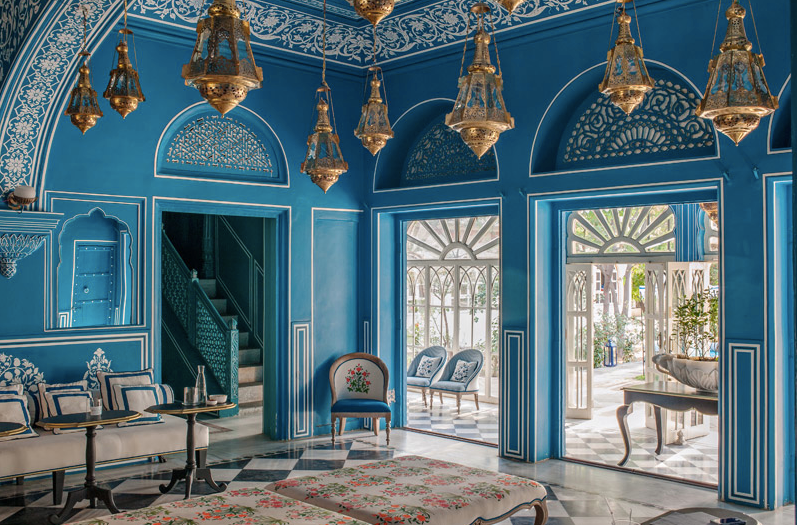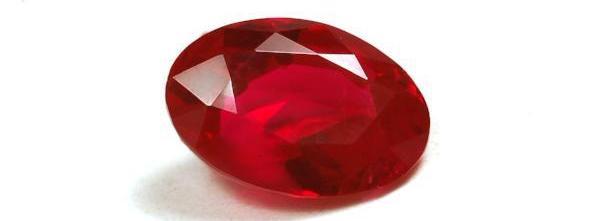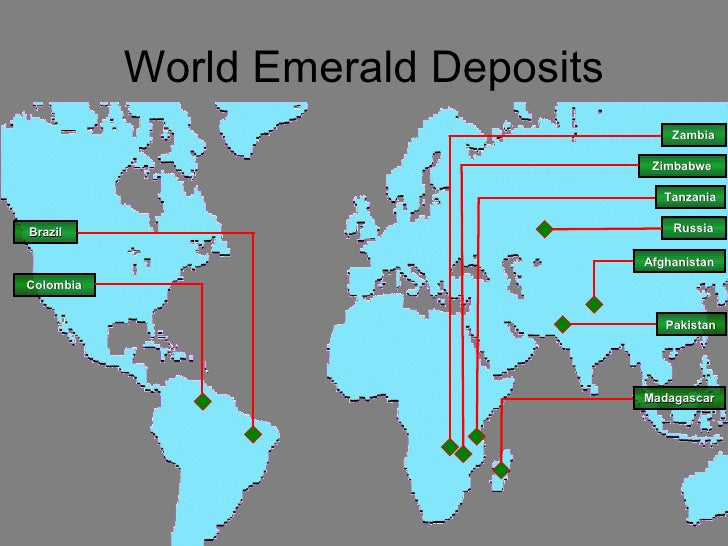
My travels through Myanmar buying Gemstones Part 2
My travels through Myanmar buying Gemstones, Part 2
(This article is dedicated to Twee Twee who was too young when she left us and who is still missed)
As I was writing the first part of my travel in Myanmar, the revival of emotional connection to the locals and to the gemstones was vivid in my soul.
Rubies are my favorite stone. It is not the red color, but rather I feel that Burmese rubies are the most precious because the mines were all shut down by the government. If one finds a natural Burmese Ruby, the value is unapproachable.

Both Kashmir Sapphires and Old Mine Emeralds are rarely discovered, and it is even more rare to find new Burma Rubies.
The Kashmir Sapphire. According to jewelleryeditor.com, “there is no other sapphire that compares to a Kashmir sapphire. Looking through one is like looking at the Himalayan sky as the inclusions in the stone can sometimes resemble wispy clouds. The rich, velvety blue, unenhanced by man, is without peer.”
The famous sapphires of Kashmir are mined from a remote region high in the Great Himalayan mountains of northwestern India.
Many of the great emeralds found in Persia and Ottoman Turkey are said to have come from an "Old Mine" in India. But these “old mine emeralds” originated in Columbia and were only cut and polished in India.
I feel that Burmese rubies never received their dues in our markets. The trade has been afraid to invest in them. A beautiful ruby is a rarity, and no one really knows what the perfect color of a ruby is. Natural unheated rubies with red hue are more sought after than diamonds — and exponentially more difficult to find.

During my buying trips to Myanmar, I was presented with rubies and sapphires that belonged to the locals. My reputation and my relationship with the women who worked for me allowed the locals to trust me and it gave them the opportunity to unload old stones in exchange for fair compensation. The mines of Magok are virtually dried up through the looting and exporting of fine gems by foreign occupational governments and the present militia government. Gems from Mogok, particularly in larger sizes, are so scarce as to be virtually unattainable. And when they do surface, usually at auction, they earn staggering sums.

The ruby mines of Mogok have been under the tight control of the Junta government. Myanmar's government is not an elected government. It is a military-run government. The military government regime was a major concern during my travels. I knew that for me to buy gems, it had to be done secretly and through friends and relations.

I was presented with “old” rubies and sapphires that had been passed down from previous generations. I could tell the origins of the stone from the cutting and the shape. I felt the cutter using his tool to hew as much as he could from a piece of rough stone. I imagined him trying to keep the best colors in the stone, the shape and cut were not his concern. Rough rubies are very expensive, so cutters try to conserve as much weight as possible. These natural traits in the stones endeared me more to the quality of the material and to the nature that produced them. I wanted to buy every stone I saw. They were “nature made.”

Blood is another symbol of the ruby’s color. Descriptions have compared rubies to the “blood from the right ventricle” or the first two drops of blood from a freshly killed pigeon. Historically, the term “pigeon’s blood” described the red to slightly purplish or pinkish red color of rubies with a soft, glowing, red fluorescence. Traditional descriptions like these are useful for evoking images and describing color among professionals. But they can be subject to misinterpretation when used to describe a ruby’s actual color.
The natives of Burma are very polite and hospitable people. They extol virtues like trust, integrity, and faith in nature and their gemstone trading mirrored such virtues. The Buddhist philosophy of living is practiced virtually to its core belief. It is most apparent in the gemstone wholesale business in Rangoon.
The tradition of saying the phrase "Mazal" with a handshake is widespread due to the industry's reliance on verbal contract, mutual trust, integrity, and reputation rather than documents and signatures. Multi-million-dollar transactions and business deals still rely on one’s word. I knew that the trust between my associates in New York was extremely valuable, but it was most apparent when traveling and buying gems throughout the world. Of course, one must know the gem dealer’s reputation, but as our industry is made of many generations of families, one must never embarrass the family’s name.

I would also like to mention that heating rubies to remove traces of bluishness, thereby enhancing the red, is an age-old practice. The technique is so prevalent that unheated rubies now fetch a considerable premium due to their rarity. In the past few decades, treatment of gemstones was usually done by the cutter. The lapidaries wanted the value of the finished product to be as high as possible hence enhancements by way of treatments were often done to the gem. But a revolution in the treatment of gemstones came about in the 1990s, with the emergence of gem centers such as Bangkok in Thailand. Facilities were built that specialized in the treatment of both rough and fashioned gems. The most acceptable gemstone treatment is heating. It so closely resembles what happens in nature that you can’t always tell if gems have been treated (heated) after mining.

The trips to Myanmar were difficult trips, and I also found that markets in the USA were not ready to invest in these types of gems. It took me a long time to sell a few of the stones, and it was usually to foreign gem dealers.
I think that the trade industry’s love of Burma rubies is far greater than the public’s awareness of their value.
I hope to visit Myanmar again sometime in the future, but this time as a tourist and feel the peaceful coexistence of its people with nature once more.
If you have any questions, please don’t hesitate to contact me.
Osnat Gad
ogad@ogi-ltd.com
Leave a comment
Comments will be approved before showing up.
Also in Gem buying adventures

My Travels through India to buy Gemstones in Jaipur


My travels through Myanmar buying Gemstones Part I
My travels through Myanmar buying Gemstones ParI
My trip to Myanmar was to find natural unheated Burmese Rubies, known as "Pigeon's Blood Rubies." Rubies from Burma are known for their exceptional colors and are often the finest, most valuable gemstones.

Gemstone Buying in Bogota, Travel Experience
I have traveled extensively in my professional experience overseeing the production of jewel. My travels take me all over the world looking for the finest gemstones which are mined in various countries.



